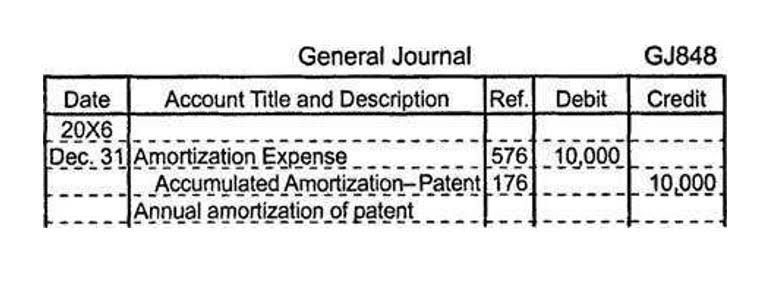
Your donors will send only a simple keyword to repeat the last donation – no filling out forms and inputting details required. Here are a few tips to ensure a good income through fundraising for your church. Pulling a monthly budget is very easy if you’re using donor management software. With Donorbox, you can pull donation reports quickly and easily to see how your income stacks up against your budget.

Conducting regular financial reviews
For most churches, there are fluctuations in attendance at certain times of the year. When you create your church budget, consider these shifts and use them to avoid tough times. During the “peak” times, you can budget to put more money aside for the lower-income months. Keep track of all your church’s income — including online donations and other fundraising channels. Keep income streams separate to ensure you use them for their intended purpose. Like families and governments, churches need budgets to define net sales how to bring in enough money and show where they spend it.

Get Better, Break Barriers, and Grow the Church

This creates a form of checks and balances within the church to ensure there is oversight and that you will be able to catch errors when they happen. His https://x.com/bookstimeinc growth-hacking abilities have helped Donorbox boost fundraising efforts for thousands of nonprofit organizations. Look back over the previous two to three years of financial data to spot patterns in income and expenditure.

Examining the Current and Future State of the Global Church
- — see our article on how to make a stress-free church finance report.
- The first year your church is implementing a budget, it is alearning process.
- Asking for and receiving donations is a necessary part of the church’s operations.
- Most of them are interested in being a part of the local church’s events and programs.
- By prioritizing transparency in church budgeting, churches can foster accountability, build trust, and promote responsible stewardship among their members.
This includes funds reserved for upcoming projects, emergency expenses, and saved money. Simply put, budgeting is focused on managing today’s money wisely, while financial planning is focused on preparing for tomorrow’s needs and opportunities. Ultimately, financial challenges are one of the ways Jesus teaches us as pastors and church leaders how to trust Jesus more deeply and to walk closely to Him. how to create a church budget Regular audits from an outside accounting firm will ensure that all funds are being managed responsibly.
- In other words, in our example above they would take the additional 10% (50%-40%) and either pay down on their mortgage, save or do a combination of both.
- Setting overly optimistic income projections can lead to financial difficulties.
- If your church receives restricted funds, then you will need to have clear policies on how these funds are being received and handled.
- If the budget is adjusted, it’s vital to communicate these changes to the congregation.
- Churches should track the amount of money they raise through fundraising activities and include this in their budget.
- However, many churches struggle with creating a budget that accurately reflects their financial needs while also aligning with their mission and values.
Emergency Fund
In my opinion, Google Sheets is actually better because it’s easily shared with other members of the team, and there’s not multiple versions flying around in everyone’s email. There’s something important to remember when creating your list of incomes and expenses. On the expense side of things, it includes everything your church spends money on, regardless of its purpose. Take a few minutes, grab a coffee and write down a list of all the sources of income your church has.
A financial statement shows how you spent your money AFTER you spent it. As giving trends fluctuate it should trigger a move from one tier to another. If giving in the second quarter increases by 20%, you may decide to shift to your Tier 3 wish list. When donor gifts are less frequent than previous years, you may be forced to cut back to mission critical expenses (Tier 1). Many ministries simply “cut and paste” last year’s numbers into a new budget. This method usually does not account for the fluid and changing nature of growing ministries.
